A new paper that combines antigenic analysis of dengue virus with two decades of hospital data in Thailand teases apart how different combinations of serotypes shape the risk of severe secondary infections in children.
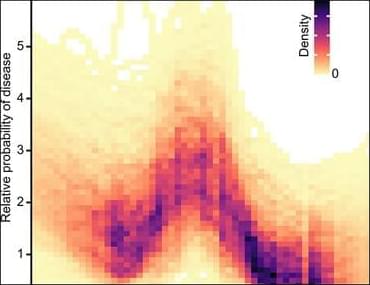

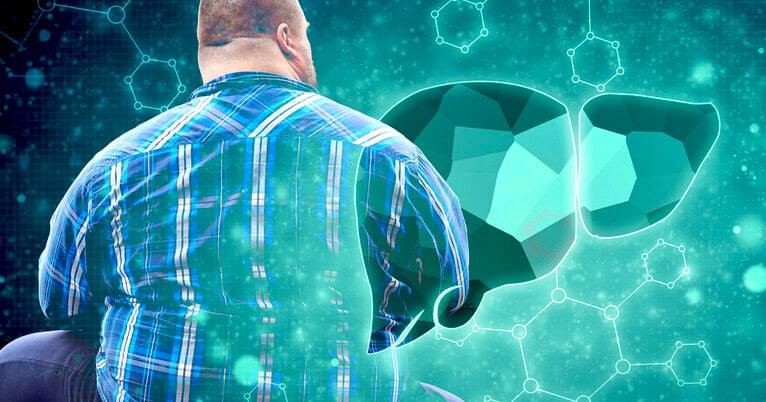
In a new study, a Yale Pathology team has identified a possible therapeutic target for treating obesity-induced liver cancer.
Researchers say inhibiting a molecule called fatty acid binding protein 5 (FABP5) could block tumor progression in many cases:
Inhibiting a certain protein in mice reduced obesity-induced liver tumor development, Yale researchers found. It could reveal a future treatment route.

This is the introduction of the Book Review of The Art of Being Posthuman (Polity 2024) by Dr. Francesca Ferrando. Info: The Art of Being Posthuman — Polity w…
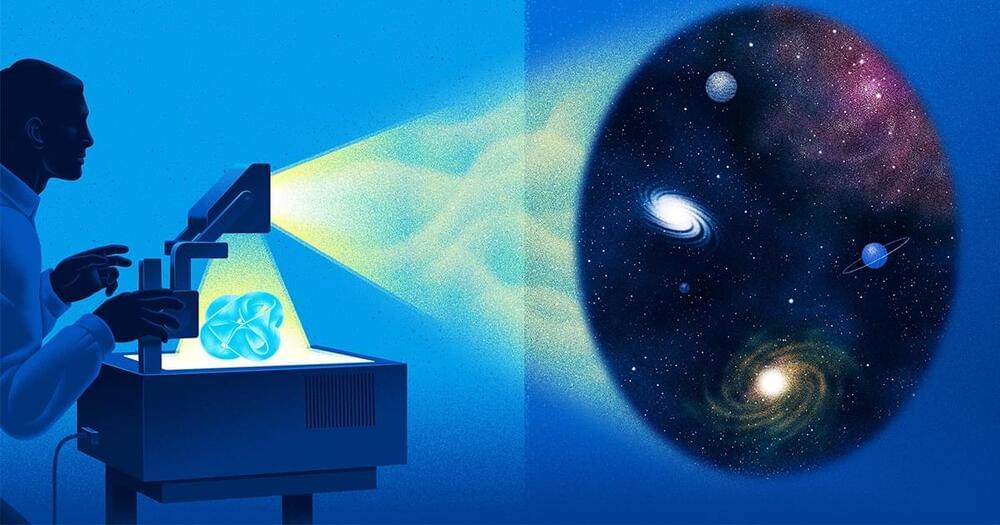
Calabi-Yau manifolds, 6D shapes that are crucial to string theory, were named after the late Eugenio Calabi (right), who proposed the shapes in the 1950s, and Shing-Tung Yau, who in the 1970s set out to prove Calabi wrong but ended up doing the opposite.
Using machine learning, string theorists are finally showing how microscopic configurations of extra dimensions translate into sets of elementary particles — though not yet those of our universe.

China’s first Sora-level text-to-video large model Vidu was unveiled at the 2024 Zhongguancun Forum in Beijing on Saturday, intensifying the artificial intelligence competition globally.
Vidu, developed by Chinese AI firm Shengshu Technology and Tsinghua University, told China Daily that the model can create a high-definition video 16 seconds long and 1080p resolution in just one click.
The company said that it is China’s first inaugural video large model with extended duration, exceptional consistency, and dynamic capabilities and is “very close to” the level of Sora.
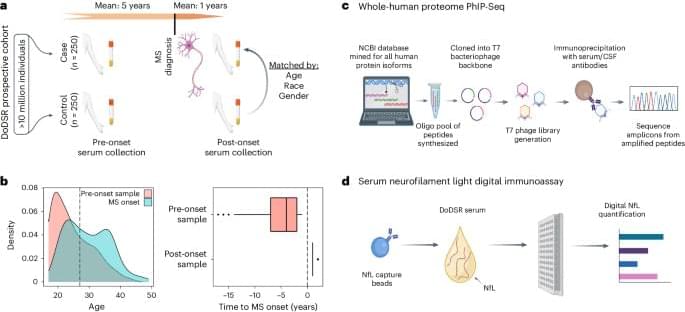
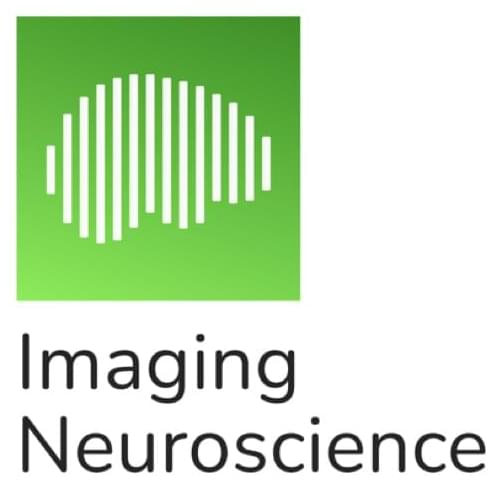
Abstract. In recent years, brain research has indisputably entered a new epoch, driven by substantial methodological advances and digitally enabled data integration and modelling at multiple scales—from molecules to the whole brain. Major advances are emerging at the intersection of neuroscience with technology and computing. This new science of the brain combines high-quality research, data integration across multiple scales, a new culture of multidisciplinary large-scale collaboration, and translation into applications. As pioneered in Europe’s Human Brain Project (HBP), a systematic approach will be essential for meeting the coming decade’s pressing medical and technological challenges.

AI agents are part of the industry’s broader effort to turn the excitement ChatGPT sparked into recurring revenue for a slew of companies that sell such technology.
As many businesses remain cautious about spending on conversational artificial intelligence, AI providers such as Microsoft, OpenAI and Google are racing to make the technology more of a must-have—by introducing new features that can handle complex tasks with little guidance from the customer.
Microsoft, for instance, is making software to automate multiple actions such as creating, sending and tracking a client invoice based on their order history or rewriting an application’s code in a different language and verifying that it works as intended, according to current employees. The new software, which OpenAI’s technology will power, would improve upon Microsoft’s current suite of Copilots, which summarize meetings or draft emails. Microsoft is planning to announce some of these capabilities at its annual Build developer conference next month, two of the employees said.

A recent study published in the journal Nature by an international team of 279 scientists, including three biologists from the University of Michigan, provides the latest insights into the flowering plant tree of life.
Using 1.8 billion letters of genetic code from more than 9,500 species covering almost 8,000 known flowering plant genera (ca. 60%), this achievement sheds new light on the evolutionary history of flowering plants and their rise to ecological dominance on Earth.
Led by scientists at the Royal Botanic Gardens, Kew, the research team believes the data will aid future attempts to identify new species, refine plant classification, uncover new medicinal compounds, and conserve plants in the face of climate change and biodiversity loss.